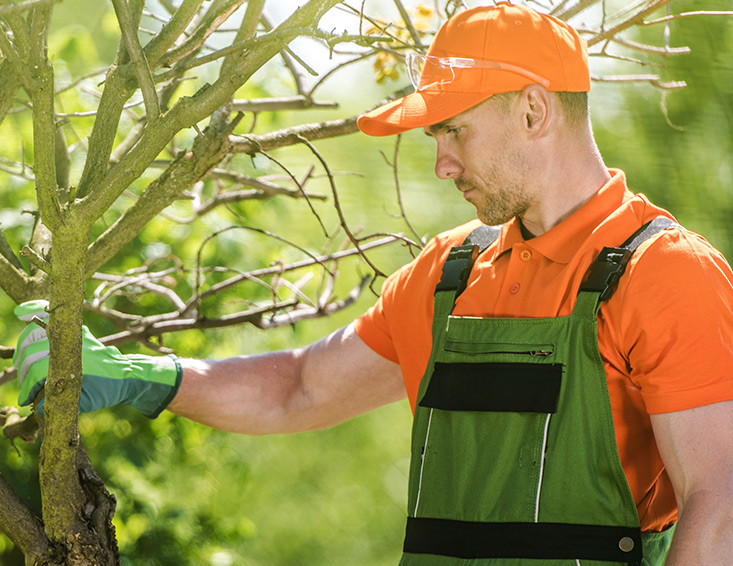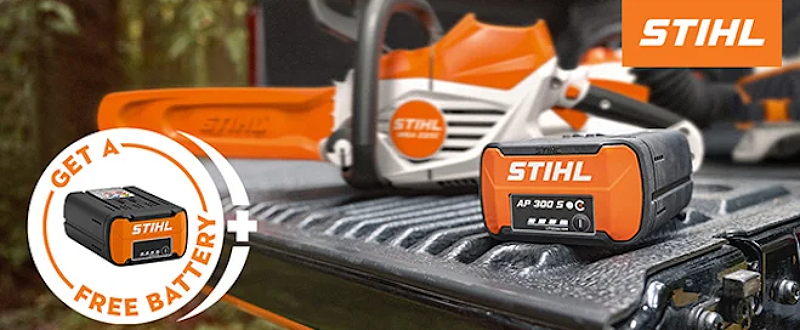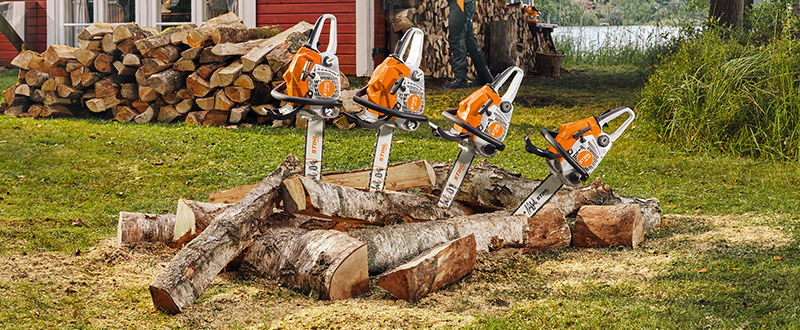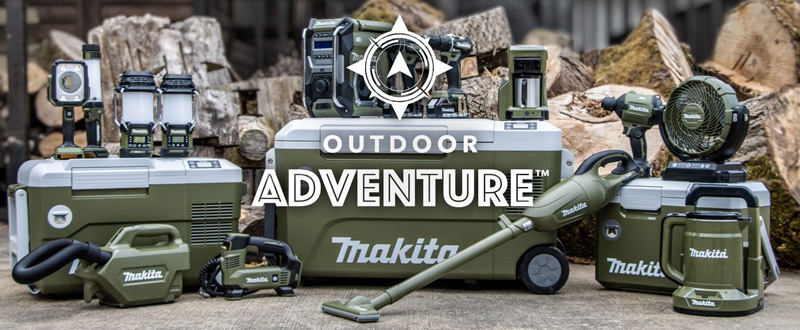
Lawn Care Top Tips from Radmore and Tucker
Once the heatwave comes to an end and we finally get some rain, it will be time to care for your lawn. This week we have collated some top lawn care tips to share with you.
WHEN TO CUT
The first cut of the year:
Try and use sharpened blades in your mower so that it cuts the grass cleanly. You should cut no more than 1/3 of the blade of grass, to maintain healthy growth and a good-looking lawn.
Summer:
Avoid cutting your grass too short when it’s very hot, as this can cause the grass to lose its nutrients. Leave your grass 30mm high and water it if required. You can also use a mulching mower, such as the VIKING 5, 6 and R Series mowers as they provide an ideal natural fertiliser for your lawn.
Autumn:
Mow less frequently when the weather is dry. It’s an ideal time to fertilise your lawn in Autumn, particularly if the lawn has been mulched, but be aware that this will not have any effect until the following Spring. With the last cut of the year, leave the grass slightly higher than normal.
Spring:
You can aerate a matted lawn using a scarifier when the soil is warm and dry. To assist healthy growth, use a long-term fertiliser during Spring. If you want to encourage a thick lawn, mow once a week. During periods of intense growth, cut the lawn twice a week.
General Guide:
Mowing your lawn often in the right conditions for the season is the recipe for success. Regular cutting keeps the lawn thick, tidy and deters weeds. For most lawns, cut the lawn about once a week.
TIDY YOUR EDGES
Keeping your lawn edges tidy keeps the grass looking neat and prevents it from spreading you’re your borders. After mowing, trim any grass that overhangs the edges with edging shears or a lawn trimmer. You can also cut your edges each spring using an edging tool. For uniform edges, you can cut against a plank of wood or for curves, edge along an old hosepipe laid on the ground.
REMOVE WEEDS
It’s probably best to tolerate a few weeds in the lawn, however if small patches or single weeds need to be removed, simply pull them up by hand and try to remove the root. If weeds are proliferating, you can spot-treat them with a dab-on weed killer that can be bought in tubes.
REPAIR DAMAGE
If your lawn has a sunk in places, peel back the turf over the hollow, then add some topsoil, level and firm down the flaps. Fill in the gaps left by the cuts with more topsoil. If some of the lawn is used regularly, you can prevent it from waring away by laying stepping-stones. Dig out paving-slab slices of turf and set these just beneath the surface of the lawn so a lawn mower can pass over them safely.
SOIL PH LEVELS
Soil pH level is very important, and just because your soil looks right doesn’t mean it’s the right pH level for grass. You can take samples around the lawn and use a PH testing kit. Most grasses prefer a pH of 6.0 to 7.2. You can fix soil pH problems by adding lime to raise the pH or iron to lower it.
GRASS IN THE SHADE
When it comes to lawn maintenance, people tend to overlook shady areas where the grass is struggling. For example, grass in shady areas need much less water because less evaporates, and it needs less fertiliser because with less sun it doesn’t grow as much.
MULCHING MOWER TIPS
If at least a third of the grass is showing through fallen leaves, you can mulch the leaves into the lawn with your mower. Too much mulch creates residue that won’t degrade easily and in spring it can become matted and kill the grass.
Take a look at our range of electric, petrol and robotic lawn mowers to keep your lawn in top shape. If you have a large garden, then we stock some of the best ride on mowers in the industry.











